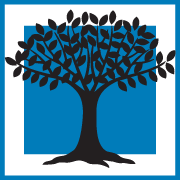Student involvement and immersion in the curriculum promotes a deep understanding of subjects and engenders a life-long passion for learning. There are many dimensions to our experiential education pedagogy that makes it so successful. These dimensions are evident throughout the building and our website, but a few key components of our approach to experiential and constructivist education are highlighted here:
Student involvement and immersion in the curriculum promotes a deep understanding of subjects and engenders a life-long passion for learning.
We draw on many different educational sources. It’s not hard to see that our teachers and students benefit from the educational beliefs and practices of Jean Piaget (Constructivist Education), John Dewey (Progressive Education), Theodore Sizer (Coalition of Essential Schools), Howard Gardner (Multiple Intelligences), and Loris Malaguzzi (Reggio Emilia). We are always looking to learn about and practice what works best for children and fosters their connection and involvement with the curriculum.


